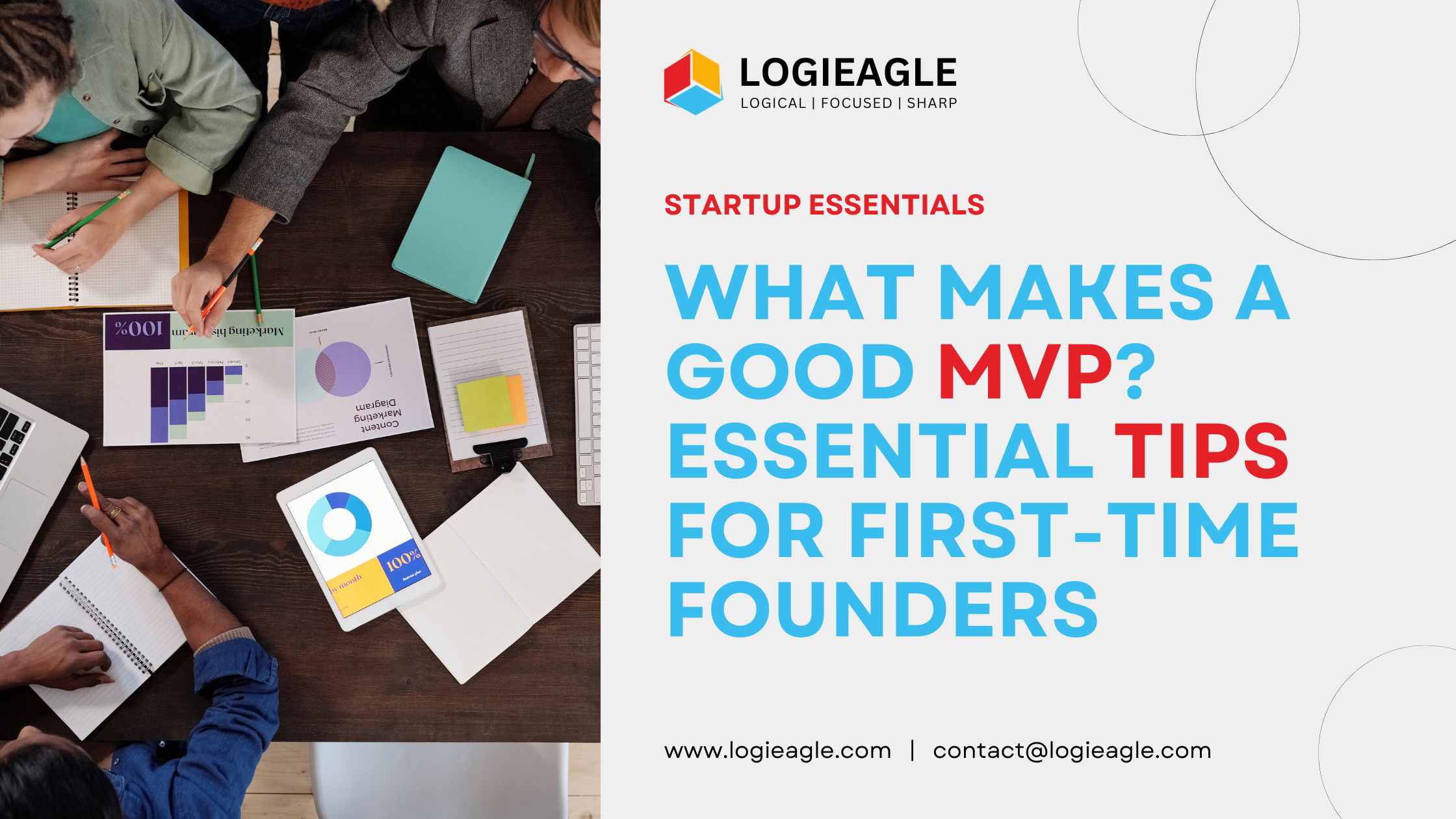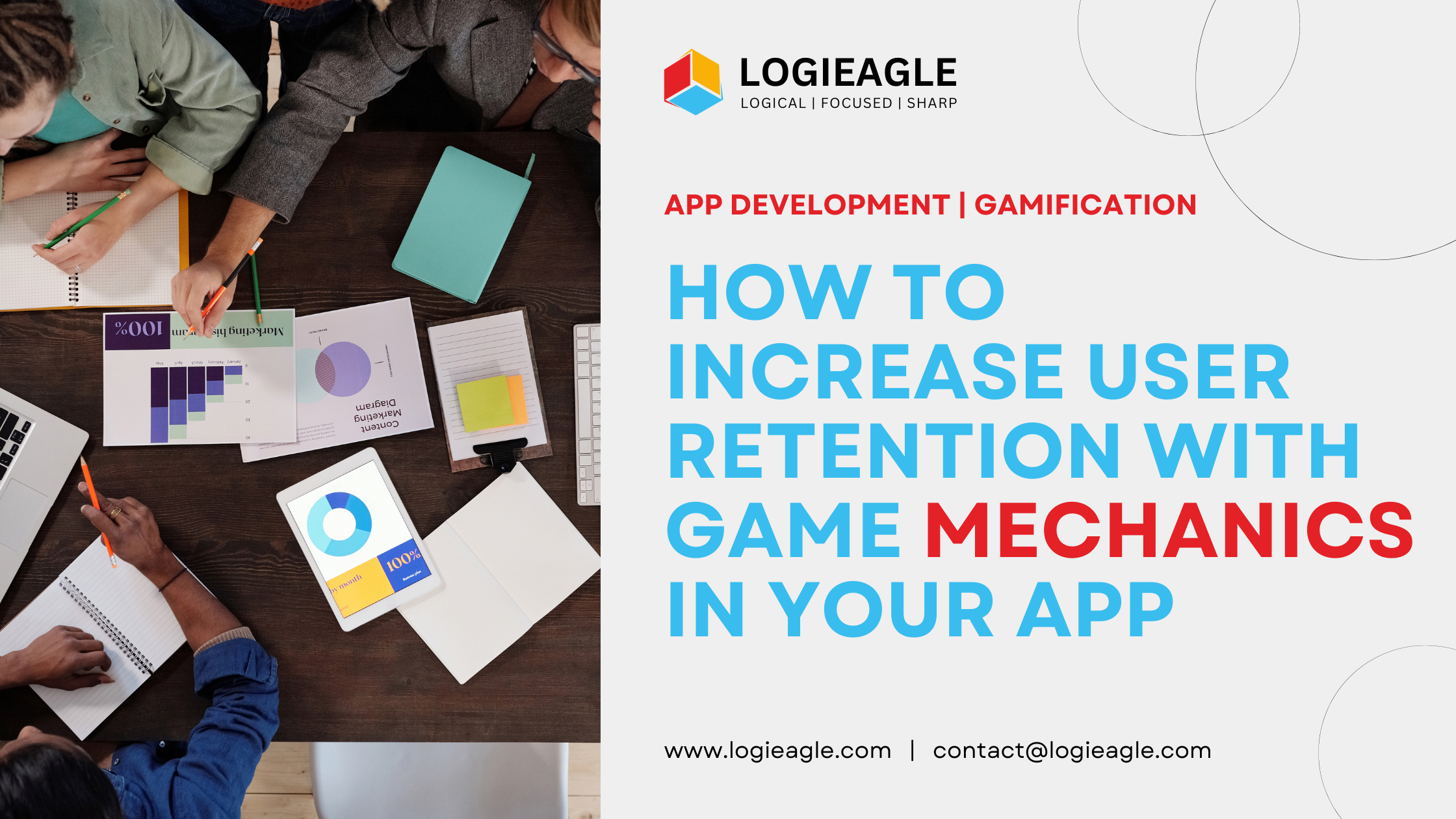
Comprehensive Guide to Developing Custom Trading Software in 2025
In the ever-evolving financial landscape, custom trading software has become a critical tool for traders and businesses. With advancements in technology and the rise of algorithmic and AI-driven trading, 2025 brings new opportunities and challenges for custom trading software development. This guide provides a step-by-step overview of the essential considerations and best practices for building robust and scalable trading platforms.
1. Understanding the Requirements
Before diving into development, it’s essential to identify the specific needs of the trading software. This includes defining the type of trading (stocks, forex, crypto, etc.), user base (retail or institutional traders), and the core functionalities like real-time market data, portfolio management, and advanced analytics. Collaboration with domain experts ensures that the software meets market standards and user expectations.
2. Choosing the Right Technology Stack
Selecting the appropriate technology stack is critical for performance and scalability. Key considerations include:
- Programming Languages: Python and C++ for algorithmic trading, or JavaScript for web-based platforms.
- Frameworks: Django or Flask for backend development, React or Angular for frontend interfaces.
- Databases: PostgreSQL or MongoDB for storing large datasets securely.
- Cloud Services: AWS, Azure, or Google Cloud for hosting and scalability.
3. Integrating Real-Time Market Data
Real-time market data is the backbone of any trading platform. Partner with reliable data providers like Barchart or IEX Cloud to ensure accurate and up-to-date information. APIs play a crucial role in fetching live data feeds, historical data, and market insights.
4. Building a User-Friendly Interface
A well-designed user interface (UI) is essential for enhancing user experience. Ensure the platform is intuitive, visually appealing, and easy to navigate. Key features to include:
- Customizable dashboards with drag-and-drop widgets.
- Real-time charts and graphs with multiple timeframes.
- Advanced filters and search functionalities.
5. Security Measures and Compliance
Security is paramount in trading software development. Implement end-to-end encryption, two-factor authentication, and secure APIs to safeguard user data and transactions. Adhering to financial regulations like the GDPR and FINRA ensures compliance and builds user trust.
6. Leveraging Artificial Intelligence
AI and machine learning can revolutionize trading platforms by enabling predictive analytics, automated trading strategies, and fraud detection. Incorporate AI-driven features like:
- Sentiment analysis for market trends.
- Portfolio optimization using deep learning algorithms.
- Automated alerts for trading opportunities.
7. Testing and Quality Assurance
Rigorous testing ensures the reliability and performance of the trading software. Use both manual and automated testing techniques to identify and fix bugs. Simulate real-world scenarios to evaluate system stability under high transaction volumes.
8. Deployment and Maintenance
Deploy the trading platform on a secure and scalable server. Regularly monitor system performance and release updates to address bugs, enhance features, and keep up with market changes. Customer feedback plays a vital role in continuous improvement.
Conclusion
Developing custom trading software in 2025 requires a blend of cutting-edge technology, domain expertise, and user-centric design. By following these guidelines, you can create a robust trading platform that meets modern demands and stands out in a competitive market. Whether you’re building a platform for retail traders or institutional clients, the focus on security, performance, and innovation will ensure your software’s success.
Explore more insights on technology trends and software development on our blog.
 From Chaos to Clarity: The Ultimate Guide to Automating Financial Reports with VBA
From Chaos to Clarity: The Ultimate Guide to Automating Financial Reports with VBA
 Did You Know You Can Launch an MVP in 30 Days? Here's How!
Did You Know You Can Launch an MVP in 30 Days? Here's How!
 Mastering Business Intelligence Dashboards: Excel Techniques You Need to Know
Mastering Business Intelligence Dashboards: Excel Techniques You Need to Know
 Turning Excel into a Scalable Business Tool: A Step-by-Step Guide
Turning Excel into a Scalable Business Tool: A Step-by-Step Guide
 The Psychology Behind Intuitive UX: How to Design for User Comfort
The Psychology Behind Intuitive UX: How to Design for User Comfort
 What Makes a Good MVP? Essential Tips for First-Time Founders
What Makes a Good MVP? Essential Tips for First-Time Founders
 How to Increase User Retention with Game Mechanics in Your App
How to Increase User Retention with Game Mechanics in Your App
 Excel Automation for Non-Technical Teams: A Beginner's Guide
Excel Automation for Non-Technical Teams: A Beginner's Guide
 How AI Is Transforming ERP Systems for SMEs
How AI Is Transforming ERP Systems for SMEs
 Why UX Is the Silent Salesperson in Every App
Why UX Is the Silent Salesperson in Every App